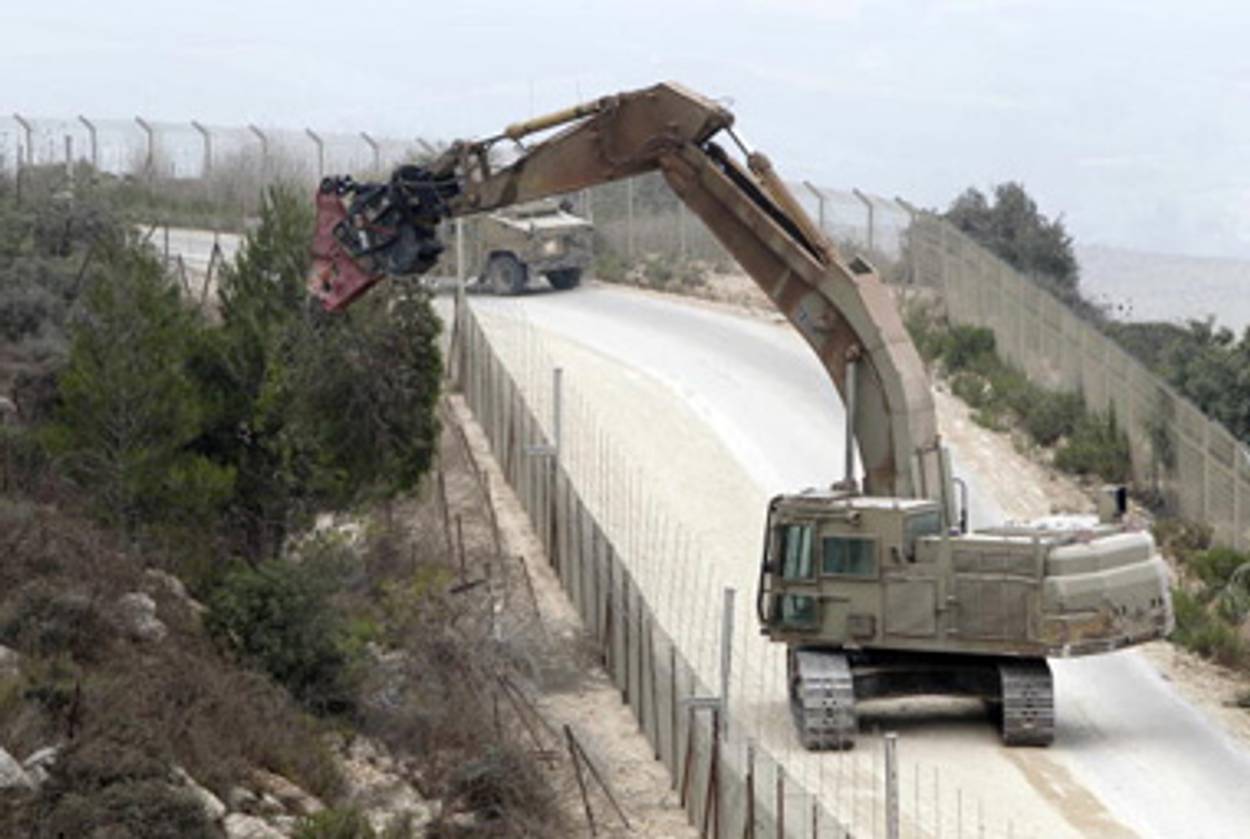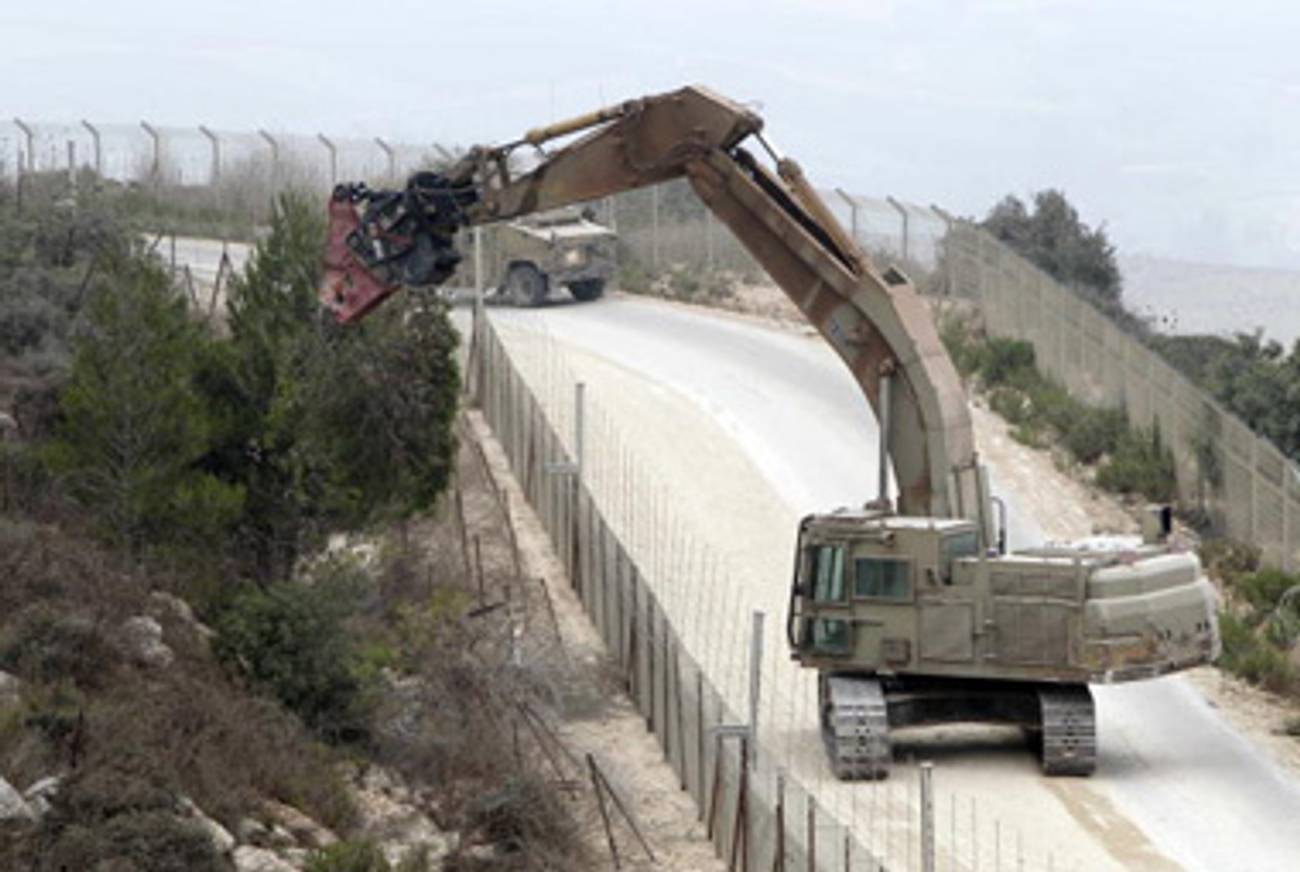What Happened in the North
Lebanon’s government provoked deadly skirmish




UPDATE: An earlier version of this post identified Jordan, not Lebanon, in the sub-headline. That was an error.
Yesterday morning saw the biggest and deadliest Israeli-Lebanese skirmish since the 2006 war—the death toll included two Lebanese soldiers, one Lebanese journalist, and one senior Israeli reserves officer—and 36 hours later, things are nowhere near back to normal. Notably, Hezbollah forces were not directly involved; this was between Lebanon and Israel. Also notably, Lebanon started it. (Don’t believe me? Ask Stephen Walt.) The IDF has alleged that the provocation was “planned,” presumably in an effort to distract the world from the impending results of the international probe into the 2005 Syrian-backed assassination of former Lebanese prime minister Rafik Hariri.
Yesterday morning, Israel notified U.N. peacekeepers (UNIFIL) of the planned pruning of a cypress tree in Israeli territory but on the other side of the border fence with the aid of a crane stretching over the fence (see picture). Again, to be clear: The U.N. has reported that the tree is on the Israeli side of the Blue Line—the actual border—but on the other side of the border fence, and “Israel has every right to be on the north side of the fence” (the IDF has since occupied the zone, generally about 20 yards wide, between the fence and the border). Lebanon asked for a delay in the pruning, to which Israel agreed. All of this is run-of-the-mill: “Once a week, the army prunes bushes and trees on the border in coordination with UNIFIL, which coordinates with the Lebanese,” said an Israeli diplomatic spokesperson.
At some point, though, the Lebanese—who say the Israelis want the tree down because it is hindering their observation abilities—asserted that the tree was on Lebanese territory (Lebanon disputes parts of the U.N.-enforced Blue Line), fired warning shots, and then shot the dead Israeli commander and another Israeli soldier, who was seriously wounded. According to the IDF, the snipers aimed not at the soldiers doing the pruning but at those who appeared to be in command. Israel responded with tank artillery; Lebanon responded to that with a rocket-propelled grenade; Israel responded to that with further shelling and helicopter strikes.
“I see the Lebanese government as directly responsible for this violent provocation against Israel,” affirmed Prime Minister Netanyahu, who is convening his security cabinet today. Defense Minister Ehud Barak chimed in. A U.S. diplomatic spokesperson urged both parties to exercise “maximum restraint,” as did Jordan’s prime minister, who has volunteered to mediate.
Maybe relatedly, maybe not, before Tuesday’s conflict Lebanon had arrested a retired army colonel for allegedly spying for Israel. More clearly relatedly, Lebanon has since accused three more citizens of espionage.
Also in the category of maybe-or-maybe-not-related were the rocket from Gaza that hit Ashkelon last week and the rocket apparently fired from Egyptian Sinai that hit Eilat earlier this week. While Egypt had denied that the latter rocket, as well as another from Sinai that hit the Jordanian city of Aqaba, had originated in Egypt, an Egyptian spokesperson has since acknowledged that Hamas fired them from Sinai. Today, Netanyahu blamed those two attacks on Hamas, and instructed the group as well as Lebanon’s government: “Don’t test our determination to protect our citizens.”
As Tablet Magazine Mideast columnist Lee Smith reported in June, a fresh war between Israel and Lebanon/Hezbollah is generally seen as a when-not-if situation.
Clash Escalates Israeli, Lebanese Tensions [WSJ]
Peace Pruned [The Economist]
U.N. Says It Tried To Prevent Israel-Lebanon Clash [WSJ]
Bibi Slams Hamas for Eilat Attack, Vows To Strike Back [JTA]
Related: The Next Lebanon War [Tablet Magazine]
Marc Tracy is a staff writer at The New Republic, and was previously a staff writer at Tablet. He tweets @marcatracy.